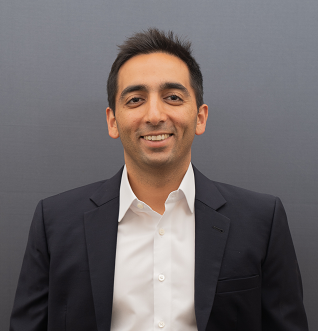
You may have heard the terms ‘facility management’ and ‘property management’ quite frequently, and wondered whether they are used interchangeably. Truth is, both are responsible for constantly improving and maintaining property standards. While there are a lot of similarities between facility management and property management, there are also some major differences that need to be pointed out. In daily business interactions, if the differences and similarities between these two are unclear, it can often lead to wrong expectations or interpretations.
In this article, we will be uncovering the main differences between facility and property management.

Understanding facility and property management
You can enhance the value of your real estate assets by keeping in mind some key fundamentals of facility management through facility management, day to day operations of buildings are managed which includes repairs, energy management, utilities, landscaping, physical security, and overall maintenance.
Sila’s Facility management Services offers an organizational function that is responsible for integrating people, places, and processes within the property in order to improve the quality of life and overall productivity.
On the other hand, property management includes managing the property that is typically owned by another entity or person. Property managers work on behalf of the owners to preserve the property while also generating income.
What are the responsibilities of facility and property managers?
Many of the duties of facility and property managers overlap, which is the main reason why the two are often confused with each other. For instance, they are both responsible for keeping the building secure and safe, implementing energy efficiency initiatives, and talking to third-party service providers. But they are also different in their own ways.
The property manager represents the owner. They decide when to hold or sell the building and how it would generate income. They would typically leave the smaller tasks to the facility manager.
Of course, the tasks and responsibilities depend on the building size and the portfolio size. It also depends on whether the employer completely owns the building or leases it.
While the line between facility and property management may seem blurred at some places, here are the main responsibilities of a facility manager and property manager which can help us differentiate between the two.
Facility Manager
Oversees the owner-occupied and leased spaces
Maintains complete business systems and makes sure it works well
Manages the facility staff and delegating work to them
Keeps the building secure and safe
Makes sure the infrastructure and equipment in the building are always functional and working seamlessly
Conducts troubleshooting in case of equipment problems to check if the problem can be solved in-house or a specialist needs to be brought in
Property Manager
Oversees the complete building tasks
Manages all the tenant leases and fulfilling responsibilities of the building owner as mentioned in the lease
Acts as the main point of contact between owner and tenants
Handles rent payments from tenants and makes sure the payments come in on time
Helps building owners move towards their financial management goals
Communicates with the facility manager in case of any issues in the building facilities as reported by the tenants
Facility management
The main objective of facility management is to align and implement real estate strategies with productivity strategies while making sure that all the facilities in the building are working seamlessly. Using real estate as an instrument of service provision, the primary focus of facility managers is on the end user and the tenant’s needs. They are responsible for taking care of the needs of the occupants of the building–who may or may not be the property owners.
With facility management, the primary objective is cost-effectiveness and continuous supply of facilities in order to create an optimized work environment and in turn, improve the overall effectiveness and productivity. The performance indicators include the satisfaction level of occupants, the total cost of ownership, and the overall quality of facilities.
Property management
The main goal of property management is to implement real estate strategies for the property. With real estate as the main profit-generating instrument, it focuses on the owner and tenant relationship management to maximize net operating income. Contact Sila Real Estate experts
The property manager acts on behalf of the property owners and they are responsible for seamless cash flow and profit generation to increase the value for stakeholders. The performance indicators for property management include net operating income, net yield, and cash return.
Property management
Understanding the difference between facility and property management can help you manage your real estate in a more organized manner. By placing proper accountabilities on individuals who hold these roles, the decision-makers can accurately measure KPIs and understand whether they’re keeping their asset maintained and running efficiently.




















